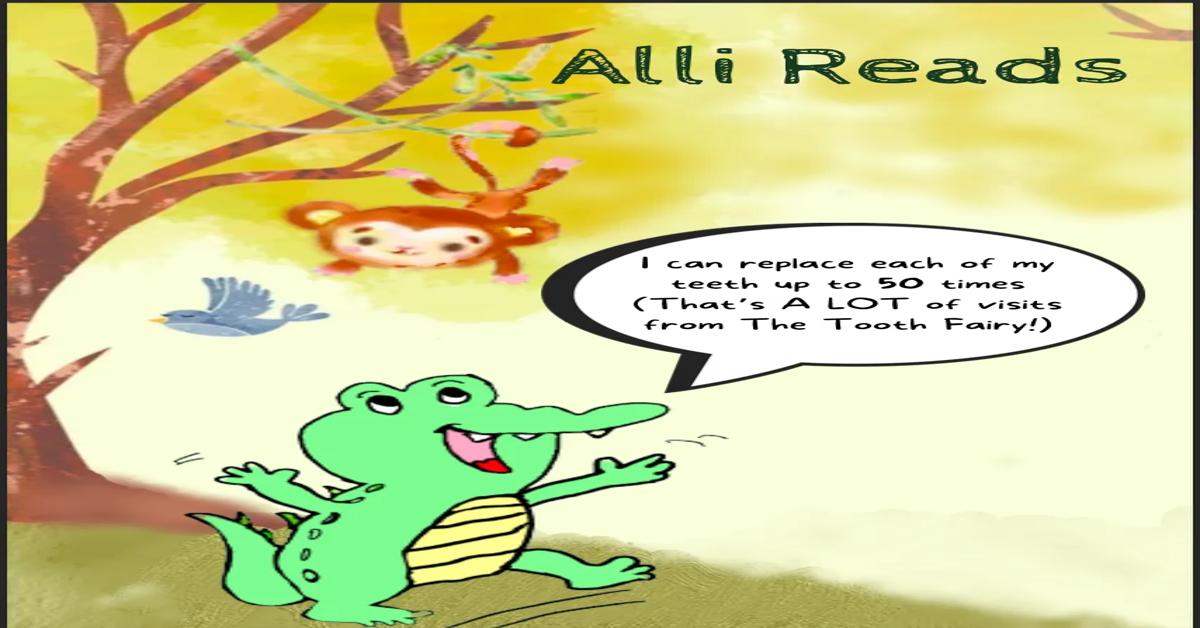The Importance of Kids Magazines in Child Development
Introducing children to the world of reading at an early age is crucial for their cognitive and emotional development. One effective way to foster a love for reading is through Kids Magazine subscriptions. These magazines are tailored to engage young minds with colorful illustrations, interactive content, and age-appropriate stories. In this article, we will explore the multifaceted benefits of kids magazines and why they are an invaluable resource for both parents and educators.
Engaging Content to Spark Curiosity
Kids magazines are designed to captivate the attention of young readers. Each issue typically includes a mix of short stories, puzzles, games, and educational articles. This variety ensures that children remain engaged and look forward to each new edition. The content is often themed around topics such as animals, space, nature, and festivals, which not only entertain but also educate young minds.
For instance, a magazine issue might feature a story about a young explorer discovering new animals in the jungle, accompanied by fun facts and activities related to wildlife. This approach makes learning enjoyable and memorable, encouraging children to explore new topics and expand their knowledge.
Enhancing Literacy Skills
Regular reading of kids magazines can significantly improve a child’s literacy skills. The combination of text and visuals helps children develop vocabulary, comprehension, and reading fluency. Short articles and stories are perfect for early readers, allowing them to practice reading without feeling overwhelmed.
Moreover, many kids magazines include sections where children can submit their own stories, drawings, or letters. This interactive feature not only boosts creativity but also encourages children to express themselves through writing, further enhancing their language skills.
Promoting Critical Thinking and Problem-Solving
Kids magazines often incorporate puzzles, quizzes, and brainteasers that challenge young readers to think critically and solve problems. These activities stimulate cognitive development and help children develop essential skills such as reasoning, pattern recognition, and decision-making.
For example, a magazine might present a maze or a riddle that requires logical thinking to solve. Engaging in such activities regularly can sharpen a child’s mind and prepare them for more complex problem-solving tasks in the future.
Encouraging Creativity and Imagination
The colorful illustrations and imaginative stories found in kids magazines serve as a catalyst for creativity. Children are inspired to create their own drawings, stories, and even games based on the content they encounter. This imaginative play is vital for emotional development and helps children understand different perspectives and experiences.
Many magazines also feature DIY crafts or science experiments that children can try at home, providing hands-on learning opportunities that foster creativity and curiosity.
Reducing Screen Time and Promoting Focus
In today’s digital age, children are often exposed to screens for extended periods. Subscribing to a kids magazine offers a healthy alternative by providing engaging, screen-free content. Reading a physical magazine encourages children to focus and immerse themselves in the material without the distractions of digital devices.
Additionally, the tactile experience of flipping through pages and interacting with printed content can enhance concentration and mindfulness, skills that are increasingly important in our technology-driven world.
Building a Lifelong Reading Habit
Introducing children to the joy of reading through kids magazines can lay the foundation for a lifelong love of books. The regular arrival of a new magazine issue creates anticipation and excitement, making reading a fun and rewarding activity. As children grow older, this habit can transition into a preference for books, further enriching their knowledge and imagination.
Parents and educators can support this habit by discussing the magazine’s content with children, encouraging them to share their thoughts, and exploring topics of interest together.
Tailored Content for Various Age Groups
Kids magazines cater to different age groups, ensuring that the content is appropriate and engaging for each developmental stage. For younger children, magazines may focus on basic concepts such as numbers, letters, and shapes, presented through bright colors and simple language. As children grow, the content becomes more complex, introducing them to topics like history, science, and global cultures.
This progression helps children build upon their existing knowledge and continuously challenges them to learn and grow.
Supporting Educational Curricula
Many kids magazines align with educational standards and curricula, making them a valuable resource for both home and classroom settings. Teachers can incorporate magazine articles into lesson plans to supplement traditional textbooks, providing students with diverse perspectives and real-world applications of their studies.
For instance, a science magazine might feature an article on climate change, offering students an opportunity to discuss environmental issues and explore solutions in a classroom setting.
Conclusion
Incorporating Kids Magazine subscriptions into a child’s routine offers numerous benefits that extend beyond entertainment. These magazines serve as powerful tools for enhancing literacy, promoting critical thinking, fostering creativity, and reducing screen time. By providing engaging and educational content, kids magazines play a pivotal role in supporting children’s development and instilling a lifelong love of reading. Parents and educators are encouraged to explore the wide array of kids magazines available and select those that best align with the interests and developmental needs of their young readers.







